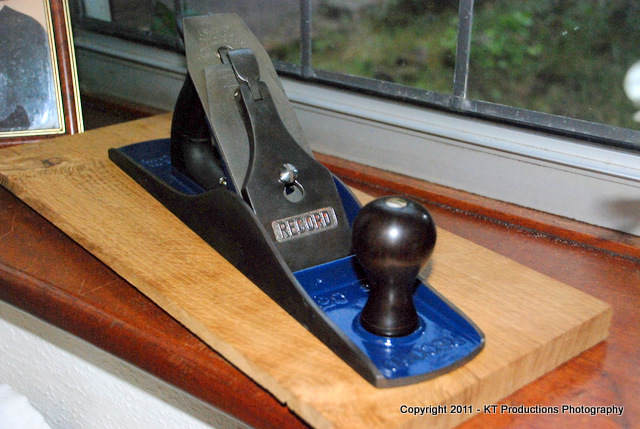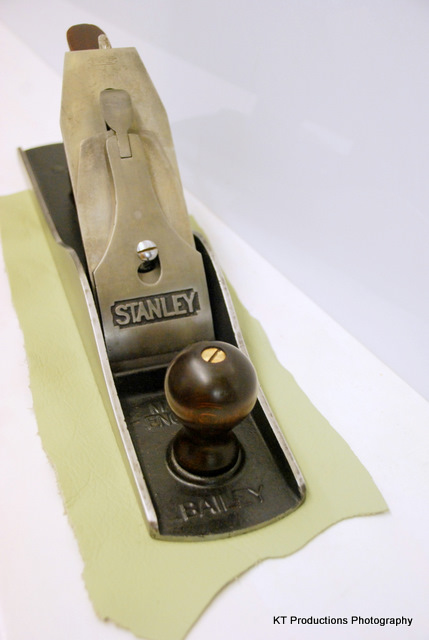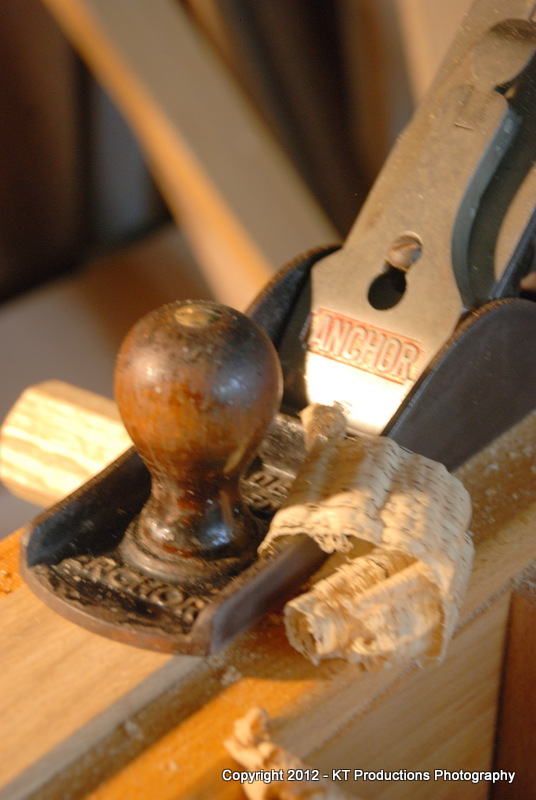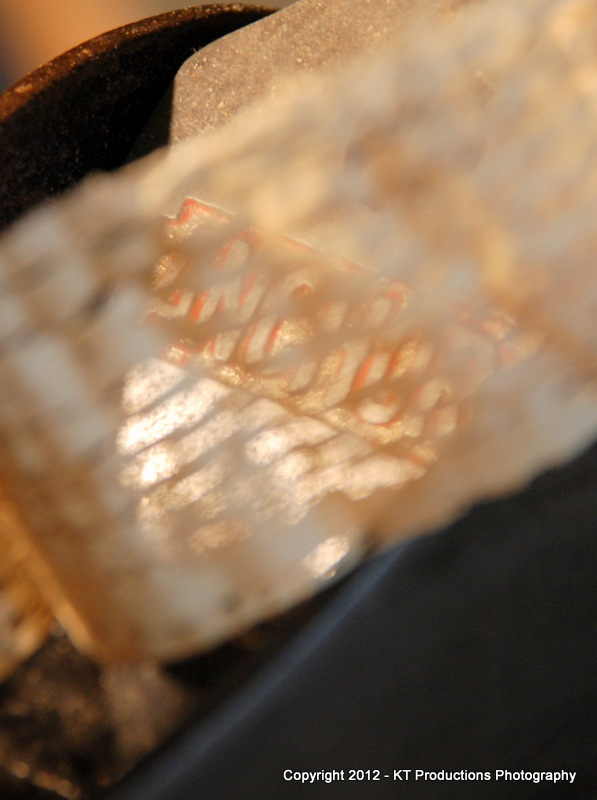Hello,
I'm just looking for a bit of information. What are the differences between these two, when would a 5 1/2 be better for a job than a 5 for instance?
If anyone could help that would be great.
Thank you
I'm just looking for a bit of information. What are the differences between these two, when would a 5 1/2 be better for a job than a 5 for instance?
If anyone could help that would be great.
Thank you





































